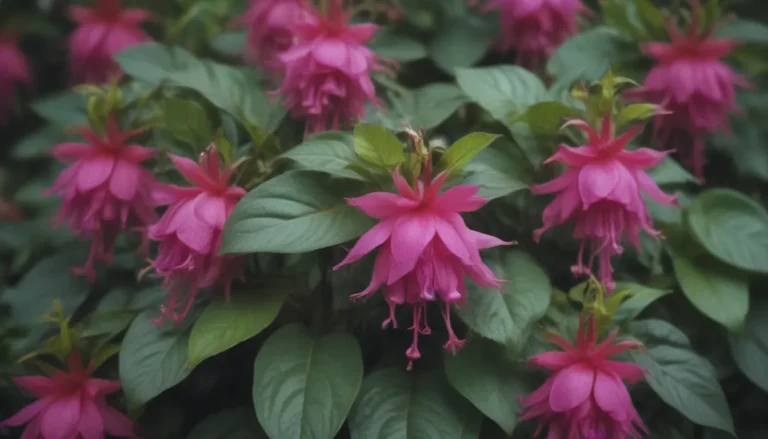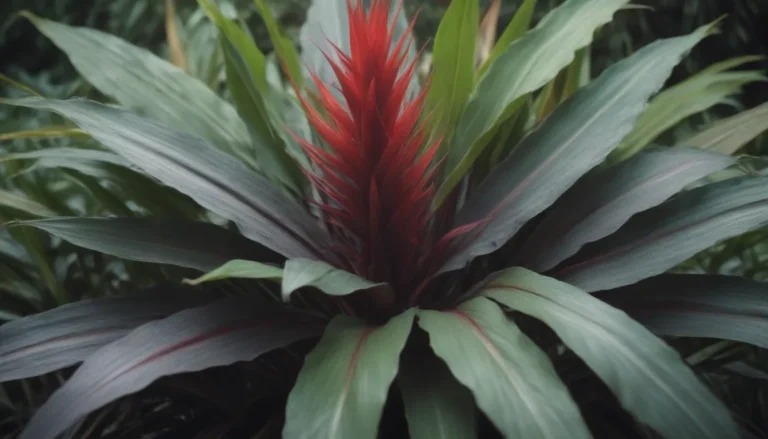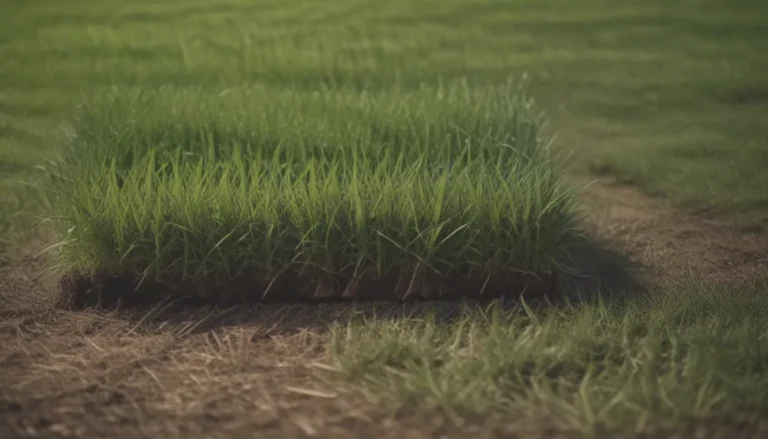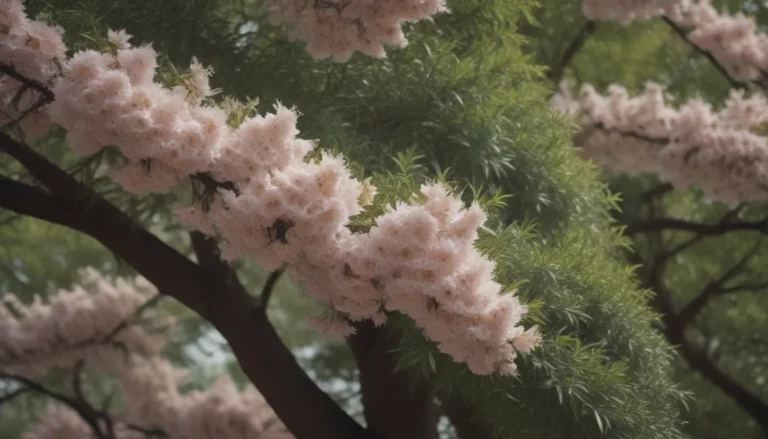Everything You Need to Know About Growing Karl Foerster Feather Reed Grass in Your Yard
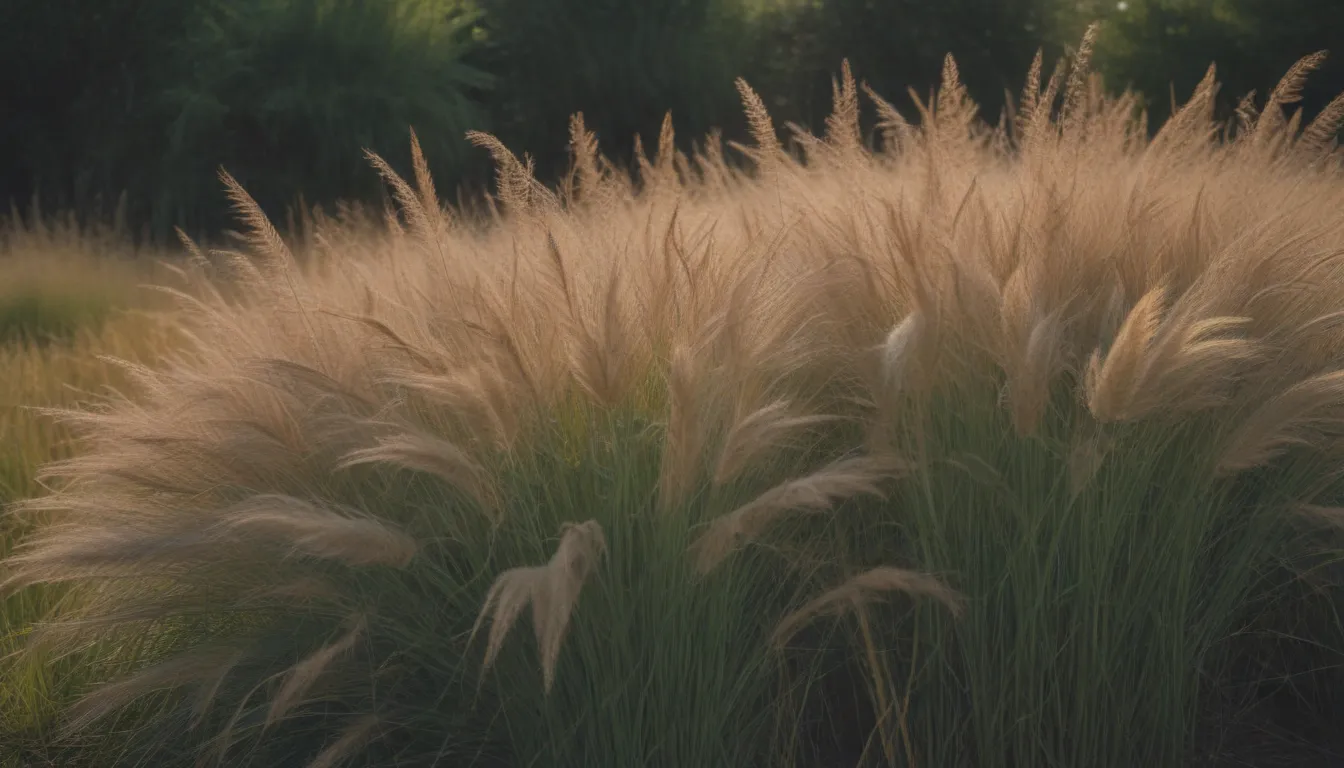
Are you looking to add a touch of elegance and beauty to your yard? If so, consider growing Karl Foerster feather reed grass. This stunning ornamental grass is known for its stiff, upright growth habit and attractive foliage that remains green well into late fall. In the north, the foliage turns a beautiful golden-tan color as winter approaches, while in the south, it remains evergreen.
One of the standout features of Karl Foerster feather reed grass is its flower heads. Starting off as pink, they transform into a lovely tawny color in the fall. This popular plant is grown both individually and in groups to create screens or borders in gardens. However, its benefits go beyond its visual appeal. Karl Foerster feather reed grass also attracts birds and can be used in both cut and dried flower arrangements.
Karl Foerster Feather Reed Grass Care
When it comes to growing Karl Foerster feather reed grass, there are a few key care requirements to keep in mind:
Light
- In the north, plant Karl Foerster feather reed grass in full sun for optimal growth.
- In the south, partial sun with some afternoon shade is preferable to help the plant thrive in intense summer conditions.
Soil
- Karl Foerster feather reed grass thrives in well-draining, friable soil, although it can tolerate various soil types.
Water
- Aim to keep the soil evenly moist, but the grass can also handle wet conditions. Consider planting it near a water feature where some splashing occurs.
Temperature and Humidity
- While Karl Foerster feather reed grass is best suited for USDA Zones 5 to 9, it may struggle with high humidity in the southern end of its range. It is cold-hardy in Zone 5, making it a great choice for northern regions.
Fertilizer
- This grass prefers rich soil, so enrich the planting area with compost when planting. Additionally, adding compost annually in spring can help promote healthy growth.
Types of Reed Grasses and Feather Reed Grasses
Karl Foerster feather reed grass belongs to the Calamagrostis genus and Calamagrostis x acutifolia species. Other options in reed grasses and feather reed grasses include:
- Calamagrostis x acutifolia ‘Overdam’
- Calamagrostis x acutifolia ‘Eldorado’
- Calamagrostis brachytricha
- Calamagrostis canadensis
Propagating Karl Foerster Feather Reed Grass
Since the seeds of Karl Foerster feather reed grass are sterile, propagation occurs through division of clumps. Even if you are not interested in propagation, dividing the clumps every three years helps keep the plants healthy. This cool-season grass should ideally be divided in early spring or early fall when it is actively growing.
Potting and Repotting
If you prefer to grow Karl Foerster feather reed grass in a container, make sure to provide proper drainage in a porous terracotta pot. Plant it with the crown slightly above soil level in a soilless potting mix and keep the soil consistently moist. Starting with a slightly larger pot can save you from having to repot too soon.
Overwintering
In zones as cold as Zone 5, Karl Foerster feather reed grass typically does not require winter protection. However, in colder zones, applying a layer of mulch around the base can provide additional insulation for the roots.
Common Pests and Plant Diseases
While Karl Foerster feather reed grass is relatively pest-free, it can be susceptible to rust, a fungal disease that affects the foliage. To prevent rust, avoid overhead watering and ensure proper air circulation around the plant. If rust does appear, treat it with an appropriate fungicidal spray.
Common Problems with Karl Foerster Feather Reed Grass
Apart from rust disease, common issues with Karl Foerster feather reed grass include stunted growth and flopping over when not receiving enough sunlight. To avoid these problems, plant the grass in a sunny location with at least six hours of sunlight daily. Remember to trim the grass in late winter and plant it so that the crown sits slightly above ground level.
Growing Karl Foerster feather reed grass can add texture, movement, and beauty to your yard. With the right care and maintenance, this elegant ornamental grass will thrive, attracting wildlife and providing year-round interest in your garden. So, why not add a touch of Karl Foerster feather reed grass to your outdoor space today and enjoy its many benefits for years to come!
